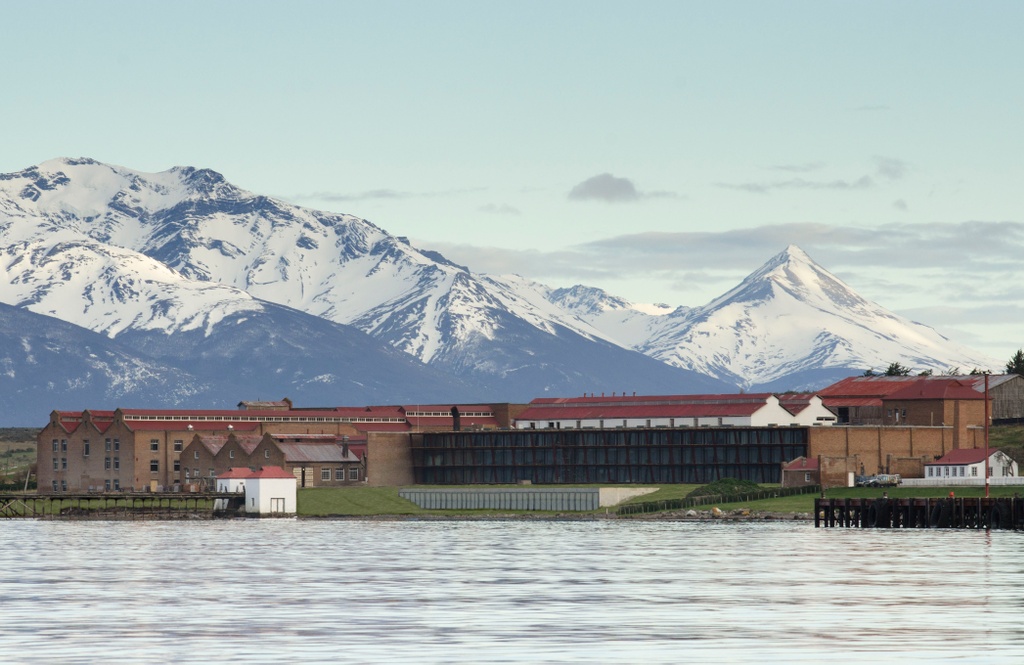Torres del Paine, Patagonia
Torres del Paine, Patagonia
Cool blue glaciers, invigorating treks and jagged peaks
Chile’s Southern Patagonia is considered by many to be the final frontier of the New World. Vast pampas dotted with the occasional estancia (farm) and trees deformed by the fierce Patagonian wind form an isolated landscape. In the magnificent Torres del Paine National Park, travelers along the winding trails get up-close-and-personal with dramatic mountain formations, vibrant forests, turquoise lakes, jagged glaciers, and roaring rivers – some of the last truly unspoiled nature on the planet.
When to go
November to early March enjoys the most stable weather conditions with December and January having the highest crowds. We recommend early November or late March.
How to arrive
Flights from Santiago to Punta Arenas: 3.5 hrs. Transport from Punta Arenas to Puerto Natales.
Flights from Buenos Aires to El Calafate: 3.5 hrs. The transport from El Calafate to Puerto Natales.
Good to know
Language: Spanish Currency: Chilean Peso (CLP) Visas/fees: Travel to Chile does not require a visa for US/US/EU/CAN/AUS travelers. AUS citizens must pay a reciprocity fee.
Ready to go? Here’s what to pack
Patagonia’s weather is as extreme as its landscapes and often unpredictable. Packing right makes all the difference for an enjoyable trip.
- Wind and waterproof outer layers (jacket and pants)
- Hiking boots
- Sun protection (hat, glasses and sunscreen)
- Gloves
- Thermal under layers
Tips from our Team
- The traditional idea is to go to Patagonia in the summer for the warmest climate, but going in the off season means less crowds and unique moments.
- If you go in the spring (around November) you may witness guanacos giving birth to their babies, chulengos, and you’ll be sure to see gorgeous lady slipper blooms.
- Fall is also a great time of year as the highs are still around 55 F and you will witness the changing of the seasons in a most dramatic way – stunning reds, yellows and oranges to contrast the deep blues and greens of the lakes and mountains.
Where to stay: Overnight Recommendations

Explora Patagonia

Tierra Patagonia

The Singular Patagonia





